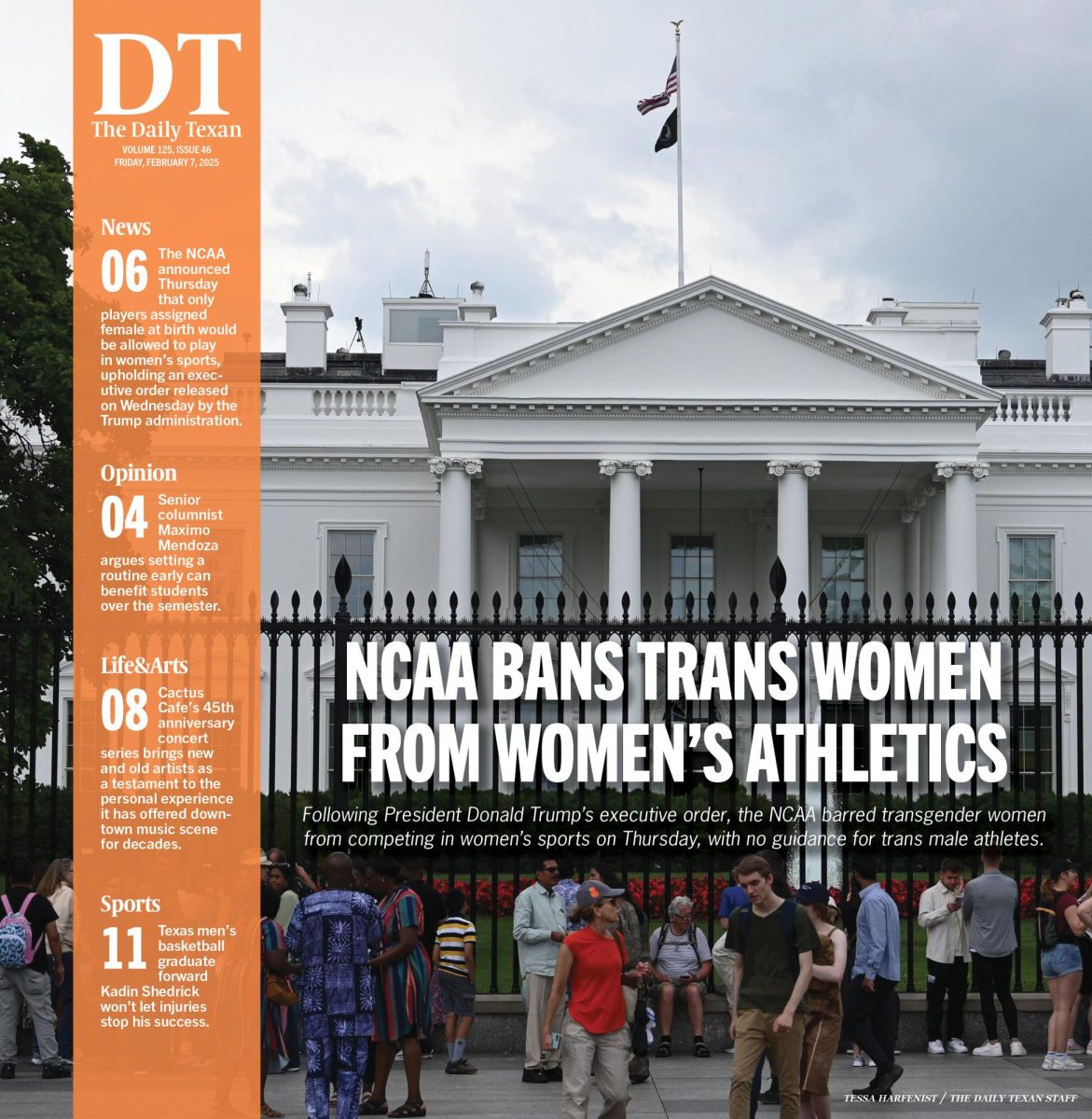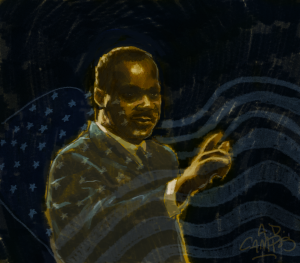In the midst of an opioid crisis, Longhorn EMS initiative promotes bystander confidence with overdose education
April 18, 2023
In an effort to promote bystander confidence, Longhorn EMS launched a new public health initiative this semester for the campus community, consisting of overdose response presentations and free Narcan distribution.
As an agency of Student Government, Longhorn EMS is composed of both certified EMTs and general volunteers. Sachi Kulkarni, a public health major and harm reduction director for the upcoming year, said the Drug Safety and Harm Reduction team created the 20-minute presentations to reduce stigma and emphasize the life-saving capabilities of bystander intervention. Additionally, they provide free packages of Narcan nasal spray at the end of each presentation.
“We really believe that college students want to do the most for their friends and they want to be safe,” public health junior Kulkarni said. “We’re highlighting that in our workshops by emphasizing that you don’t have to be an EMT to help your friend.”
Narcan, also called naloxone, is a medication that quickly reverses the effects of an opioid overdose. Anyone can administer the nasal spray by pressing the plunger into the nostril of someone who is suspected of having overdosed.
“It’s very unlikely that somebody will have any adverse effects to it, so we always emphasize that Narcan should be used whenever you don’t know what the person has taken,” Kulkarni said.
The team gave presentations to a variety of UT audiences this semester, including spirit groups and a team from the Vice President for Student Affairs office, said Annette Velasco, a public health sophomore and the current Longhorn EMS harm reduction officer.
Normalizing these conversations is especially important in the midst of the opioid crisis, Kulkarni said. While many people don’t knowingly choose to use fentanyl, she said, some drug dealers mix fentanyl into other drugs like cocaine and MDMA, also known as ecstasy or molly.
“There are sects of people within UT who certainly do use more illicit drugs than alcohol and marijuana, and we come from a perspective of not wanting to shame anybody for their drug usage,” Kulkarni said. “That’s a big component of harm reduction.”
The presentation walks through signs and symptoms of an opioid overdose, which include little to no breathing, blue tint to the lips and fingertips, unconsciousness and very small pupils. Kulkarni said they added information about the overconsumption of commonly used substances like alcohol and marijuana. All of the information in the presentation comes from their experience as EMTs, Kulkarni said
Last month, the U.S. Food and Drug Administration approved Narcan for over-the-counter sale and non-prescription use. While it will be available for purchase in stores, Kulkarni said it’s expected to cost about $40 per box, which is not financially accessible for all college students. In addition to attending a presentation from Longhorn EMS, Kulkarni recommended students visit the Perry Castañeda Library front desk for free Narcan.
The team said they’d like to expand their reach next semester by setting up recurring workshops with organizations and connecting more with Greek life. Velasco also said they are working with University Housing and Dining to create a learning module for residence assistants that teaches them how to use Narcan.
“I feel like the fear of doing something wrong is what prevents a lot of people from using (Narcan),” said Arvind Subramanian, Longhorn EMS captain and public health junior. “Providing education for these individuals, going through the steps of how to use Narcan (and) practicing that with the people really instills that sense of confidence.”












